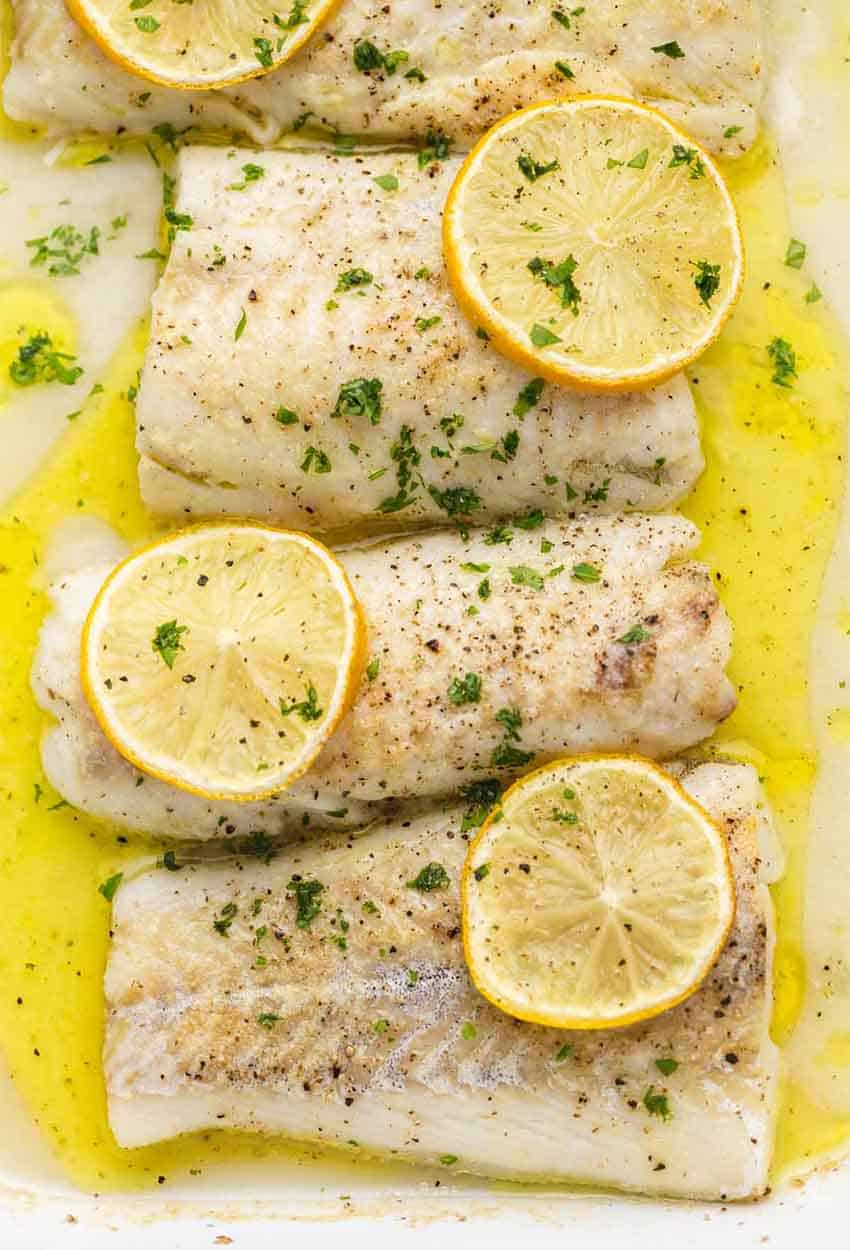Until I moved to Mexico, I’d never thought much about how I’d miss lemons if they weren’t easily available; the thought had never occurred to me.
But now I’m not ashamed to admit that I treasure them — sometimes even hoard them — and while limones (limes) are a worthy substitute, at times, well, there just ain’t nuthin’ like the real thing. Here in Mazatlán, it used to be that limones amarillos were hard to find; nowadays that’s not the case, as all the big-box stores and even some vendors in the mercado have them. They still feel special to me, though, maybe because the cost is so much more than the little limes.
So why aren’t they more common in Mexico? Is it just because of a preferred taste for limes? Perhaps, but the yellow “Eureka” or Italian lemons are being grown more and more in the states of Colima, Veracruz, Tamaulipas, Nuevo León, San Luis Potosí and Yucatán. Statistics from international agricultural organizations rate Mexico as the second largest citrus producer in the world — but that’s lumping Persian limes, Mexican limes and yellow/Eureka/Italian lemons all together. At any rate, it sounds like there’ll be more lemons in Mexico as time goes by!
Brought to Hispaniola by none other than Christopher Columbus and then spread throughout the Caribbean and Mexico during the Spanish conquest, genetic evidence suggests that lemons are native to the Himalayas. Historians reference lemons being used in ancient Rome and cultivated in Italy in the 15th century. Interestingly, the word “lemon” stems from the Italian limone and Old French limon, and traces further back to the Persian limun (referring to all citrus), a cognate of the Sanskrit word.
I’ve learned to buy lemons when I see them, often making a citrus-ade with a mix of limes, lemons, oranges and a touch of sweetener. Recently, I’ve also developed an appreciation for lemon zest, not just in baked goods but in salad dressings and light sauces for poultry or fish, or squeezed into chicken soup just before serving. A little bit goes a long way and can often add the pizazz a dish might be missing. Zest can also be frozen; freeze in a container or zip-loc bag and use when needed.

Lemon slices can also be frozen for use in cocktails or other drinks and maintain their color and flavor. Slice about ¼-inch-thick rounds, lay on a parchment-lined cookie sheet and freeze. Once frozen, transfer to a container or zip-loc bag for up to three months.
As long as we’re prepping and freezing, fresh-squeezed lemon juice can be kept in the fridge for up to two weeks. Or freeze in cubes in an ice cube tray, pop into a freezer bag, and keep for up to three months.
Crispy Feta with Lemon
- 1 (8-oz.) block feta cheese, preferably not in brine
- 3 Tbsp. cornstarch
- 1 Tbsp. sesame seeds
- 2 Tbsp. unsalted butter
- Flaky salt
- Black pepper
- For serving: red pepper flakes, lemon wedges, crackers or toasted baguette slices
Cut feta into ¼-inch-thick slices, then cut each rectangular slice in half crosswise to form two squares, ending up with about 16 squares.
Pat dry with a paper towel; set aside. In a large, shallow bowl or plate, mix cornstarch and sesame seeds. Gently coat feta slices on both sides with cornstarch mixture.
In large nonstick skillet, melt butter over medium heat. Add feta in a single layer; cook about 1 minute until golden brown. Gently flip and cook other side until golden. Transfer to platter; sprinkle with salt, black pepper and red pepper flakes. Serve warm with crackers or baguette slices and lemon wedges.
Tequila Honeybee
- Dash mezcal, to rinse
- 2 oz. reposado tequila
- 1 oz. Honey Syrup (see instructions below)
- ¾ oz. lemon juice, freshly squeezed
- 2 dashes Angostura bitters
- Garnish: lemon peel
To make the Honey Syrup:
- ½ cup honey (adjust to taste)
- ½ cup water
Heat honey and water in small saucepan over medium heat. Stir and cook until honey dissolves. Cool. Transfer to airtight container. Store, refrigerated, for up to 1 month.

To make the Tequila Honeybee:
Rinse a highball or other glass with the mezcal, coating inside of glass with a thin layer, discarding (or drinking!) the excess. Add tequila, honey syrup and lemon juice into a shaker with ice; shake until well chilled. Strain into prepared glass over fresh ice. Top with bitters. Garnish with lemon peel.
Lemon Pudding Cake
- 4 eggs, separated
- 1 tsp. lemon zest
- ⅓ cup lemon juice
- 1 Tbsp. unsalted butter, melted
- 1 cup sugar
- ½ cup flour
- ½ tsp. salt
- 1½ cups whole milk
Place large roasting pan on a rack in center of oven; fill pan halfway with water. With the pan inside, preheat oven to 350 F (177 C). Grease an 8-inch square or round baking dish.
In large bowl, whisk egg yolks, lemon zest, lemon juice and butter.
In another bowl, mix sugar, flour and salt. Whisk half the flour mixture into the egg yolk mixture, then half the milk. Whisk in the remaining flour mixture, then the remaining milk.
Whip egg whites until soft peaks form, then gently fold into the batter. Pour batter into prepared pan; carefully place in the pan of water in the oven.
Bake about 45 minutes until cake is set.
Lemonade Syrup
- 1 cup water
- 1½ cups sugar
- 1½ cups fresh lemon juice
Simmer water and sugar together until sugar dissolves into a syrup; cool and chill.
To serve, combine 7 cups cold water, syrup and lemon juice. Serve over glasses filled with ice and garnish with lemon slices.
Lemon-Baked Fish
- 4 fillets of any kind of fish, skin on or off
- Extra-virgin olive oil
- Fine sea salt
- Black pepper
- Lemon wedges, for serving
Heat oven to 400 F (200 C). Drizzle fish with olive oil, sprinkle with salt and pepper; place on a rimmed baking sheet, skin side down if applicable. Roast fish for 10 minutes per inch of thickness until fish is opaque and tender when pierced with a fork but before it starts to flake. Serve with lemon wedges and drizzled with olive oil.
Janet Blaser is the author of the best-selling book, Why We Left: An Anthology of American Women Expats, featured on CNBC and MarketWatch. She has lived in Mexico since 2006. You can find her on Facebook.
